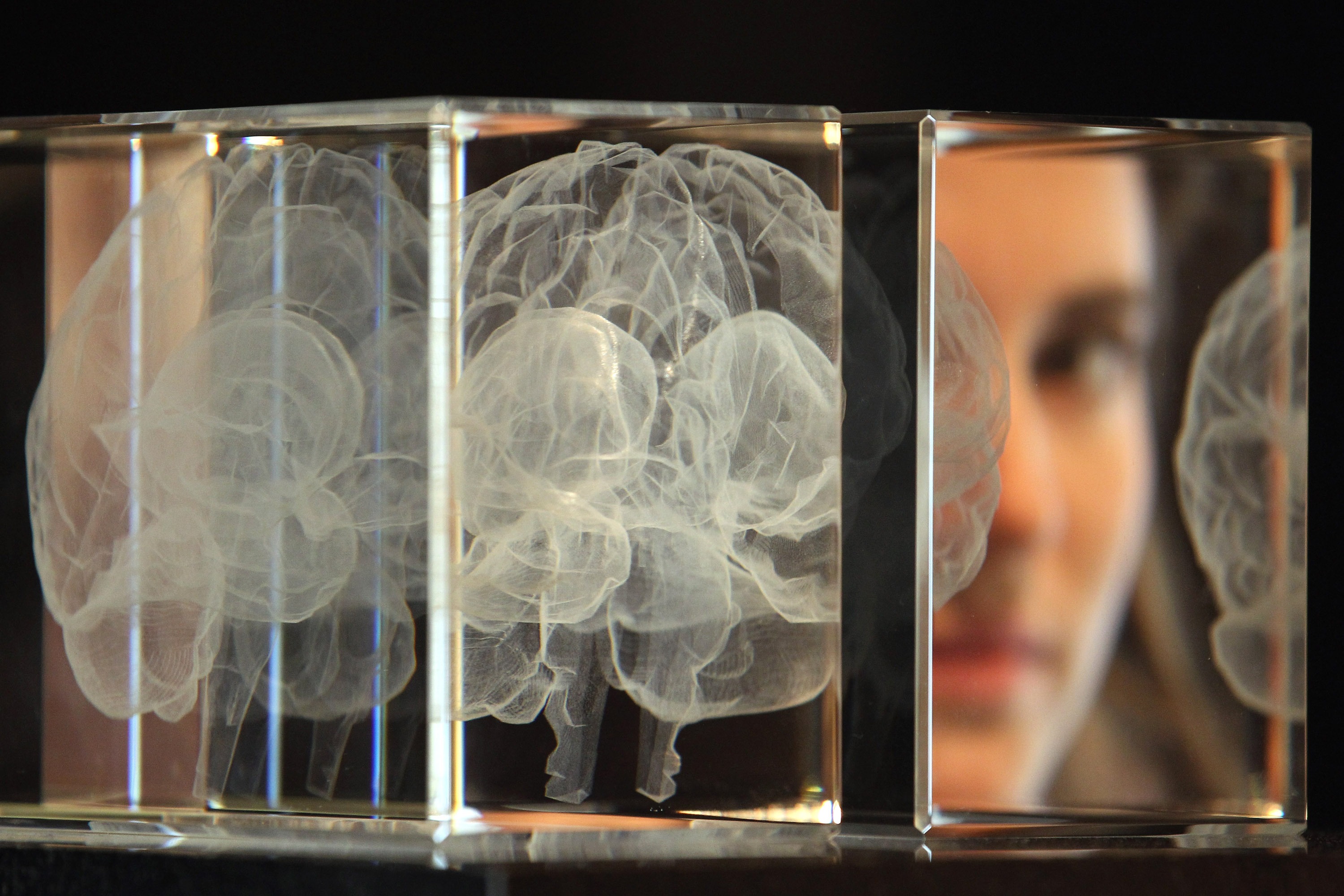Alzheimer’s gene neutralised in human brain cells for first time
Development comes after scientists switch away from testing on mouse cells

Scientists have claimed a major breakthrough in the battle against Alzheimer’s by neutralising a key gene that significantly increases the risk of developing the disease.
A team at Gladstone Institutes, in California, “successfully identified the protein associated with the high-risk apoE4 gene and then managed to prevent it damaging human neuron cells”, reports The Daily Telegraph.
The research, published in the journal Nature, reveals how the apoE4 gene confers its risk for Alzheimer’s in human brain cells.
The Week
Escape your echo chamber. Get the facts behind the news, plus analysis from multiple perspectives.

Sign up for The Week's Free Newsletters
From our morning news briefing to a weekly Good News Newsletter, get the best of The Week delivered directly to your inbox.
From our morning news briefing to a weekly Good News Newsletter, get the best of The Week delivered directly to your inbox.
“What’s more, they were able to erase the damage caused by apoE4 by changing it, with a small molecule, into a harmless apoE3-like version”, says news website ScienceDaily.
Having one copy of the apoE4 gene “more than doubles a person’s likelihood of developing Alzheimer’s disease, whereas having two copies increases the risk 12-fold”, says the Telegraph.
Previous studies “have indicated that roughly one in four people carry the gene”, the newspaper reports.
The latest breakthrough adds to hopes of finding a drug treatment that could halt the onset of the disease. The researchers have urged caution, however, pointing out that the neutralising process has only been tried in lab conditions as yet.
A free daily email with the biggest news stories of the day – and the best features from TheWeek.com
The development came after the California team decided to shun traditional testing methods.
Most Alzheimer’s research and drug development “are done in mouse models of the disease”, says ScienceDaily.
“Drug development for Alzheimer's disease has been largely a disappointment over the past ten years,” says lead study author Yadong Huang. “Many drugs work beautifully in a mouse model, but so far they’ve all failed in clinical trials. One concern within the field has been how poorly these mouse models really mimic human disease.”
Following a succession of clinical trial failures, Huang and his colleagues decided to use human cells to model the disease and test new drugs, leading to their discovery.
-
 ‘It’s hard not to feel for the distillers’
‘It’s hard not to feel for the distillers’Instant Opinion Opinion, comment and editorials of the day
-
 A long weekend in Fontainebleau
A long weekend in FontainebleauThe Week Recommends Less than an hour from Paris, this historic town is perfect for a short break
-
 Political cartoons for December 16
Political cartoons for December 16Cartoons Tuesday’s editorial cartoons include calibrating fonts, Christmas classics, and more
-
 How Bulgaria’s government fell amid mass protests
How Bulgaria’s government fell amid mass protestsThe Explainer The country’s prime minister resigned as part of the fallout
-
 Femicide: Italy’s newest crime
Femicide: Italy’s newest crimeThe Explainer Landmark law to criminalise murder of a woman as an ‘act of hatred’ or ‘subjugation’ but critics say Italy is still deeply patriarchal
-
 Brazil’s Bolsonaro behind bars after appeals run out
Brazil’s Bolsonaro behind bars after appeals run outSpeed Read He will serve 27 years in prison
-
 Americans traveling abroad face renewed criticism in the Trump era
Americans traveling abroad face renewed criticism in the Trump eraThe Explainer Some of Trump’s behavior has Americans being questioned
-
 Nigeria confused by Trump invasion threat
Nigeria confused by Trump invasion threatSpeed Read Trump has claimed the country is persecuting Christians
-
 Sanae Takaichi: Japan’s Iron Lady set to be the country’s first woman prime minister
Sanae Takaichi: Japan’s Iron Lady set to be the country’s first woman prime ministerIn the Spotlight Takaichi is a member of Japan’s conservative, nationalist Liberal Democratic Party
-
 Russia is ‘helping China’ prepare for an invasion of Taiwan
Russia is ‘helping China’ prepare for an invasion of TaiwanIn the Spotlight Russia is reportedly allowing China access to military training
-
 Interpol arrests hundreds in Africa-wide sextortion crackdown
Interpol arrests hundreds in Africa-wide sextortion crackdownIN THE SPOTLIGHT A series of stings disrupts major cybercrime operations as law enforcement estimates millions in losses from schemes designed to prey on lonely users